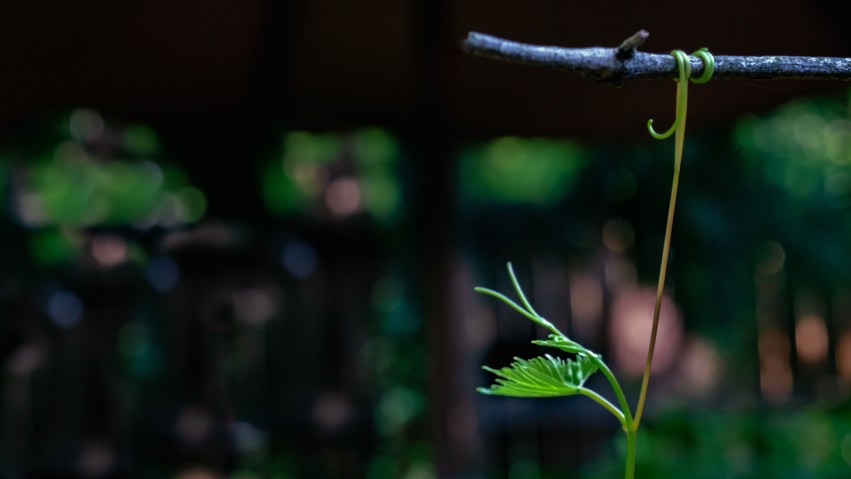From “The Appeal of Black & White” in Black & White Photography by Michael Freeman:
“[Far] from a universal march towards more colourfulness, there is now a significant and growing reverse flow in photography, towards the new black and white. It’s new because it’s created from colour with processing software that makes the experience a delight, which means that you don’t even need to decide at the start that it’s a black-and-white image you’re after. You can even trawl your archives with a reconsiderate eye and look for images that might work more powerfully, or at least differently, in the single range called grayscale.
“So … what is this persistent appeal of black and white? There are some semi-practical answers, and a trawl of internet opinions throws up emphasis on form, shape, line and texture, as you might expect. Basically these all have the root argument that removing the distraction of colour allows you, actually compels you, to concentrate on other things. There is also the corrective argument — when the colour is somehow spoiling your idea for the shot, just switch. However, it seems to me that there must be deeper reasons, maybe not all of them easy to pin down. In fact, the underlying appeal of black and white ought to be difficult to describe, because surely any art form that has the potential to move people must have some enigma to it.”
From “Black & White Craftsmanship” in Black & White Photography by Michael Freeman:
“One recognised darkroom master was Ansel Adams, and he also wrote extensively on the subject. His 1982 book The Print is not just a classic of photo instruction, but peculiarly relevant to contemporary black-and-white digital processing. Peculiar because it confines itself to the wet darkroom and shows none of the technology that we now all use. Relevant because it deals with the fundamentals of turning [an] already-taken shot into a final image….
“Adams was at pains to insist that this wasn’t all about technique by any means. There is, he wrote, ‘great latitude for creative variation and subjective control’, and the process involved ‘endless subtle variations which are yet all tied to the original concept’.
“The reason why Adams and other serious printers made plans — actual physical plans on paper or on a work print — was that the clock was running, literally, whilst the paper was on the easel under the enlarger. Any dodging and burning had to be done in a finite and short space of time. In his book … Adams details the printing of one of his best-known photographs, ‘Clearing Winter Storm, Yosemite National Park’, shot in 1944. The basic exposure was 10 seconds, during which time the dodging had to happen — holding back areas that needed less exposure to make them lighter. Burning was always easier — adding exposure to darken areas — although it meant taking care not to let light leak onto any other part of the image….
“Burning was done in stages — a few seconds concentrating on one area, followed by another few seconds somewhere else, all of this typically done with a timer on the floor with a foot-operated pedal…. Dodging tools were typically metal circles, ovals, and oblongs at the end of thin rods, often painted red, to which colour the silver bromide paper was insensitive. Burning tools were most commonly your hands, cupped and shaped. Otherwise you cut holes in large sheets of black paper or card. Adams made a distinction between the umbra (shadow) and penumbra (the soft surround), as the latter helped smooth the transition during dodging or burning so that this manipulation would not be noticeable in the final print….
“The modern digital equivalent is called feathering, as on a radial filter.”
This is the last of four posts featuring two grapevines growing in my garden. For the first post and more on the series, see Tales of Two Grapevines (1 of 4). For the second post, see Tales of Two Grapevines (2 of 4); and the third post is Tales of Two Grapevines (3 of 4).
For this post, I selected nine photos of each type of grapevine and converted them to black and white. I’ve done a little bit of black and white work before, but converting these grapevine photos seemed like a new experience nonetheless. Because green and yellow colors dominated both the foreground and background of these photos, there was little to differentiate the main subject from the background once the photos were changed to grayscale. So I used Lightroom’s radial filters to remove most of the background, allowing its feathering to leave mostly subtle hints of light around or behind the subject. In some cases, eliminating the background meant that the subject was quite small for the size of the image frame, so I cropped the images to enlarge the subject (though not enough to create excessive noise or loss of detail).
Once I was satisfied with the background appearance of each image, I used Lightroom’s brush tool to add highlights to the more prominent leaves, along with a bit of extra texture and sharpening to increase details. I don’t do that very often with color photos (I typically reject and delete photos that require sharpening to make them look like they’re in focus), but I’ve noticed that when working in black-and-white in Lightroom adding a bit of texture and sharpening has a neat side effect: it brightens the highlights further, creating tiny pixels of light without giving the subject an over-sharpened look. As a last step for each photo, I used Lightroom’s color grading tool to add a bit of silver tone (emulating the matte-finish side of a sheet of aluminum foil) — which is actually done by just slightly increasing the color blue in shadows, midtones, and highlights.
Here are the Catawba Grapevine images…









… and here are those of the Concord Grapevine.









Thanks for reading and taking a look! Next up: Irises!! 🙂



















































